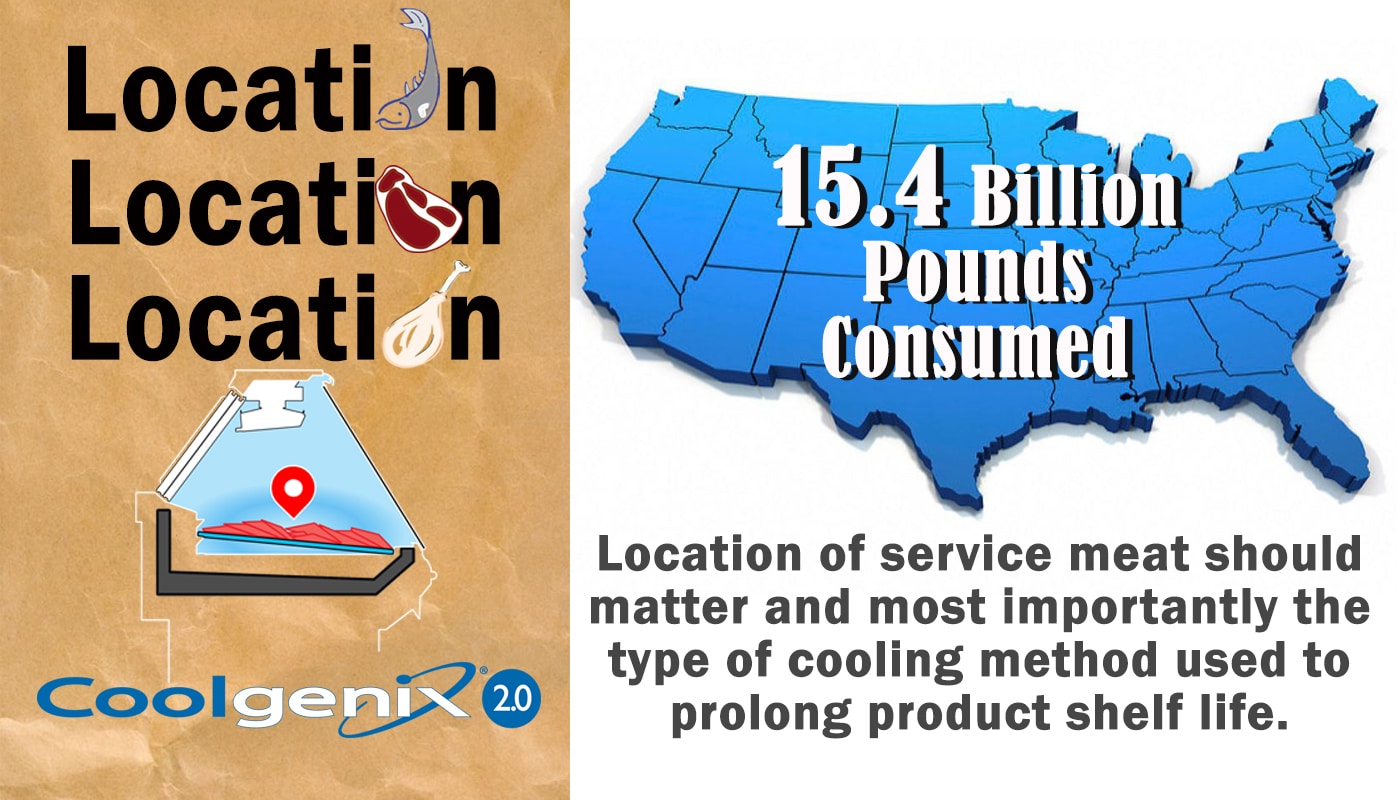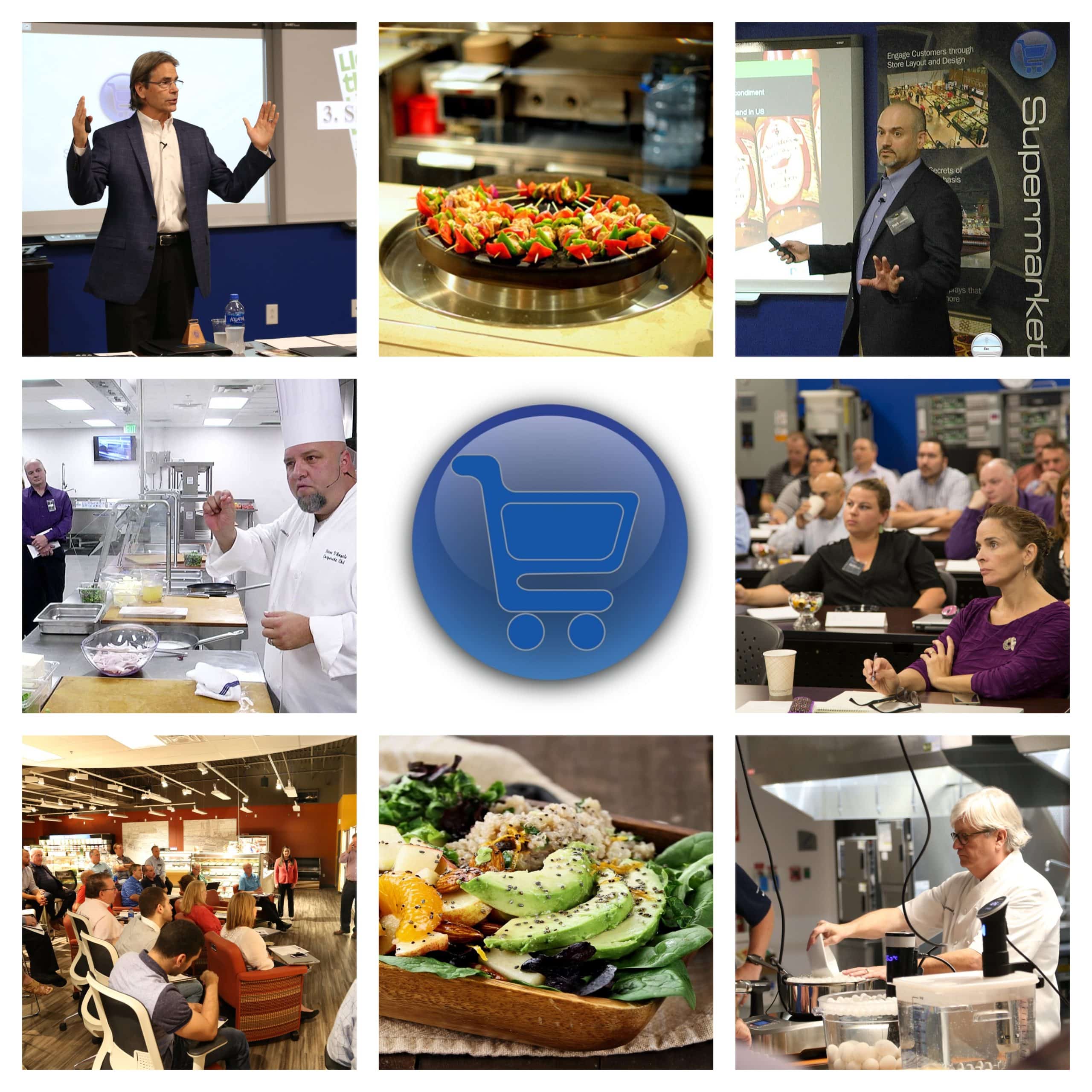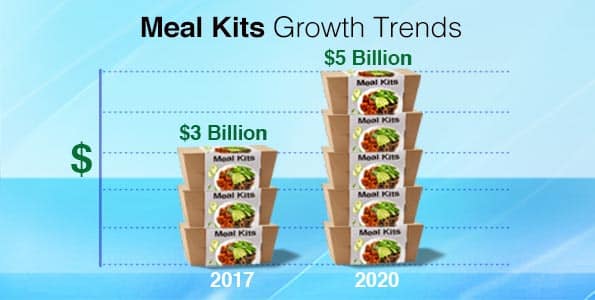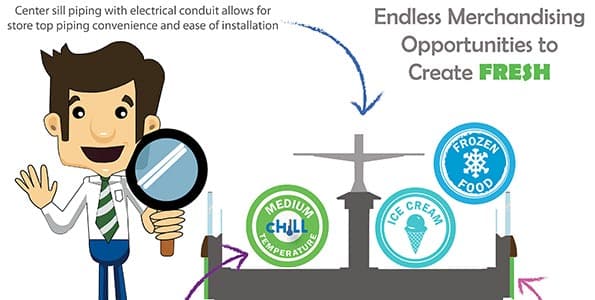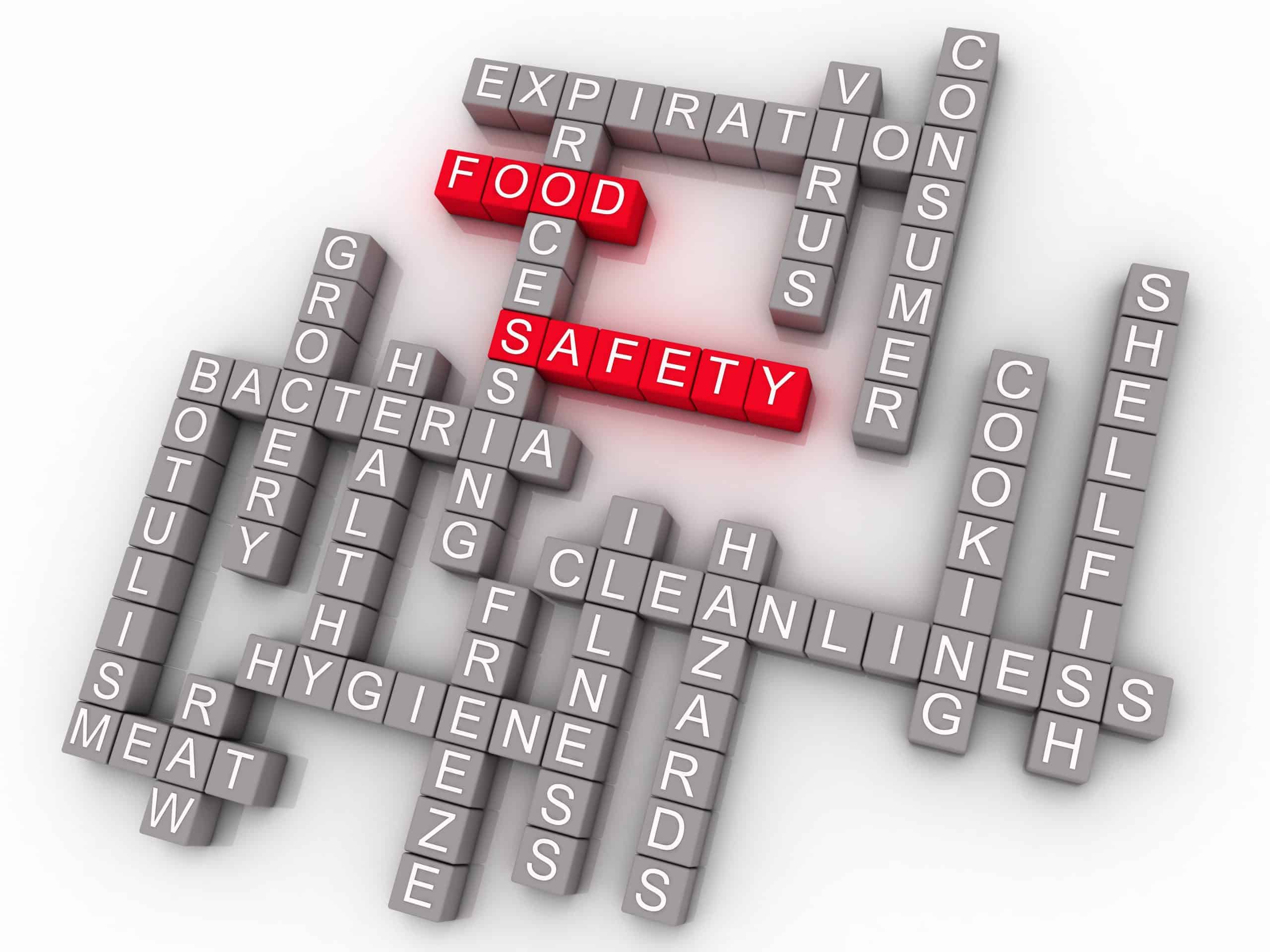That’s So Cool…Literally!
In the world of refrigerated service display cases, “cool” is the name of the game. And there is no place where this is more important than the sale of fresh meat, poultry and seafood products. Keeping these products at the proper temperature can affect everything from shelf life and product integrity to the very safety of the food itself. Obviously, for a food retailer, the impact of this on store profit can be costly. Although there are a number of variables that affect the shelf life and product integrity of these perishable foods, the tissue temperature of the product itself [...]
Supermarket Sense – Learn How to Elevate Your Brand and Your Revenue
Take your business to the next level by participating in top-notch food retail training. Supermarket Sense is your inside scoop to the latest trends, upcoming strategies, and the evolving industry. Join food retail experts as they take you through two days of new insights, meaningful discussions, and eye-opening ideas. From directors and managers to merchandisers, and from architects to store planners, Supermarket Sense has something for everyone. Anticipating trends and then preparing for them can be a defining moment for any business. Let’s make sure you are ready for what’s ahead. Grocerants, the convergence of health and food industries, juicing, [...]
Relevance Is King for Market Share
Evolution is part of any industry, including food retail. In order to stand the test of time and to navigate the latest trends and newcomers, it’s increasingly imperative to remain relevant. It’s not just about surviving -- it’s the key to thriving. What does relevance have to do with long-term success? It’s how you build customer loyalty, stay top-of-mind with shoppers, and stand out in the sea of stores, even as changes occur. But wanting relevance isn’t enough to achieve it. You need to start with a strategy, and Harold Lloyd will be helping you build yours at Supermarket Sense. [...]
You Mean There IS a Difference?
Some folks will have you believe that there’s little or no difference in which refrigerated service display case you choose for best offering your fresh meat, poultry, and seafood to your customers. Don’t buy it! At least, not if you care about optimizing your profit and selling the freshest cuts possible. As one of the main areas to drive customer loyalty and competitive advantages, meat is crucial to total store success. According to the FMI study, “The Power of Meat-2018”, total meat is the largest of the fresh categories with a household penetration of 97.9 percent. At $49.5 billion in [...]
Trends Drive the Dollars to Your Stores
It’s no secret that food trends drive the supermarket industry. From flavors to food choices, shoppers continue to seek, and often demand, new experiences in your stores. Engage customers and their wallets by anticipating and following appropriate trends for your area. Join Mark DiDomenico at Supermarket Sense and get up to speed on flavors, flexibility, and functional foods. Try enticing shoppers with flavors that make their mouths water like the Middle Eastern flavors and dishes taking the food industry by storm. By showcasing rising options like falafel in menu offerings and how to incorporate them into American meals, you are [...]
Location! Location! Location!
How often have you heard the saying, “the market value of your home is primarily the result of three things — Location … Location … Location!”. Well, as it turns out, the very same statement can be made when it comes to the role that relative humidity plays in determining the best way to store and display fresh meat, poultry, and seafood in refrigerated service display cases. A recent research work, fully accepted and published in the journal Food Control, has verified that fact. The study compared four different refrigerated service display case technologies, each utilizing either convective, conductive, or [...]
Inspiration to Integration, Supermarket Sense Has It All
Excellence doesn’t materialize in isolation. It’s the result of sharing ideas, participating in discussions, sketching out fresh objectives, and drafting a plan for execution. Supermarket Sense is designed with all of this in mind for you and your food retail organization. Finding inspiration is simple in an opportune environment. Soak up the latest on food trends, sample flavorful juices, and open your mind to new perspectives about how to keep your store relevant in the current market. Discover new menu ideas, explore how meal kits can impact your bottom line, and consider how you can introduce new flavors to your [...]
Supermarkets Give Meal Kits Staying Power
With $2B in annual sales, meal kits have made a splash in the food retail industry. Subscription services are already challenged with retention because customers are selective. They want convenience without sacrificing nutrition, cost, flavor, or variety, and those are tall orders for the subscription business model. Supermarkets, on the other hand, can give meal kits true staying power simply because of easy access to resources. Furthermore, you can leverage meal kits to open the gateway to more cooking by your shoppers. Supermarket Sense is the place to set your sights on how kits fit into your profit plan. One [...]
What Makes the OWIZV Island So Great – Infographic
Wide island configuration offers increased product capacity either alone or with OWEZV end cap. Double bin design for frozen food, ice cream and medium-temperature applications with dual-temperature capability. Endless merchandising opportunities to create fresh.
Food Safety: Kryptonite or Superpower?
No one likes to think about shoppers falling ill after buying something from or visiting your store. But the threat is real and needs to be addressed with education and proper protocols. Food safety should be top-of-mind for any store owner or manager. Start your education by joining ServSafe Certified Trainer, Michael Williams, for his talk about foodborne illness prevention. Knowledge of basic food safety, the importance of employee personal hygiene, and what types of pathogens and toxins your store is exposed to can go a long way in avoiding the spread of illness. Acknowledging the trickiest areas of your [...]





